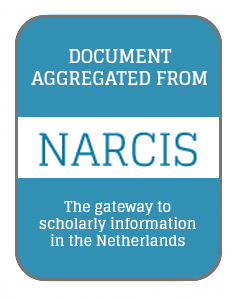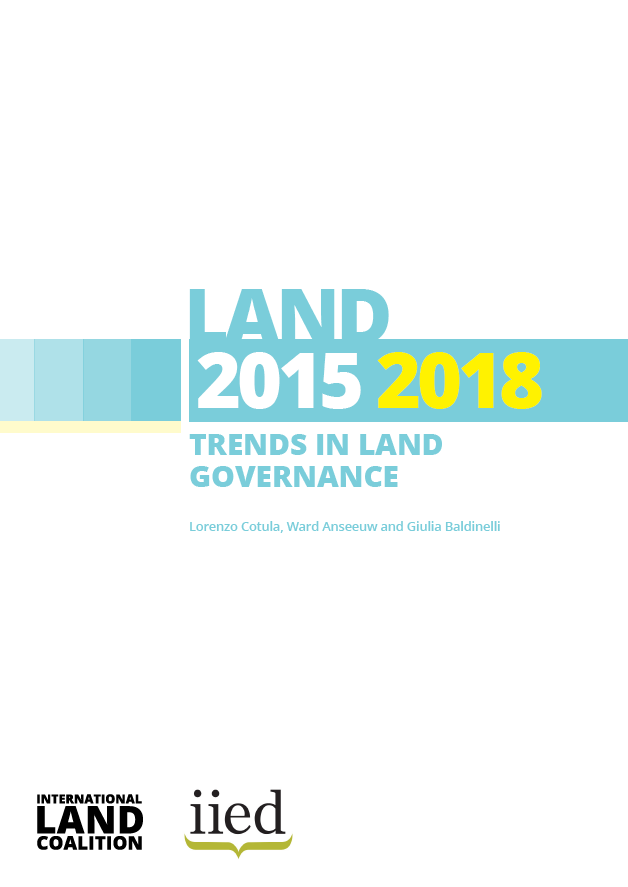As climate change makes precipitation shocks more common, policymakers are becoming increasingly interested in protecting food systems and nutrition outcomes from the damaging effects of droughts and floods (Wheeler and von Braun, 2013). Increasing the resilience of nutrition and food security…
This article reviews the literature on contract farming (CF) in India and assesses the impact of smallholders’ perceived production risks on the adoption of CF; the impact of CF on smallholders’ food security; and its impact on employment generation in their farming enterprises. We also show the…
Stunting affects 160 million pre-school children globally with adverse life-long consequences. While work within nutritional science suggests that stunting in early childhood is associated with low intakes of animal-sourced foods (ASFs), this topic has received little attention from economists.…
The Promotion of Indigenous Nature Together (POINT) is a local non-profit organisation and a member of the Asian Indigenous Peoples Pact (AIPP). To deal with the problems caused by the progressive loss of indigenous knowledge, POINT decided to study the traditional forest management practices of…
The climate-smart agriculture (CSA) concept reflects an ambition
to improve the integration of agriculture development and climate
responsiveness. It aims to achieve food security and broader
development goals under a changing climate and increasing food
demand. CSA…
The objective of the Intergovernmental Science Policy Platform on Biodiversity and Ecosystem Services is to provide Governments, the private sector, and civil society with scientifically credible and independent up-to-date assessments of available knowledge to make informed decisions at the…
Agriculture is a major contributor to climate change,
emitting the three major greenhouse gases (GHGs) –
carbon dioxide (CO2), methane and nitrous oxide – into the
atmosphere. According to the Fifth Assessment Report of
the Intergovernmental Panel on Climate Change (IPCC…
The aim of this special issue is to push forward the frontier of development studies by analysing local livelihoods from a ‘flows of capital/people’ perspective. In development studies, and especially in livelihood research, local development has long been defined in terms of local people’s…
The Mekong region has undergone rapid socio-economic growth over the past two decades alongside pronounced transformations in a number of key sectors and relations between the rural majority and increasingly-affluent urban centres. Land—as both a foundation for national development and the…
This guide (volume 1) aims to equip land rights advocates, development practitioners and stallholder farmers and indigenous people’s communities with the necessary knowledge, attitude, and skills on Community Mapping and Participatory Geographic Information System (PGIS). It focuses on data…
This guide (volume 2) aims to equip land rights advocates, development practitioners and stallholder farmers and indigenous people’s communities with the necessary knowledge, attitude, and skills on Community Mapping and Participatory Geographic Information System (PGIS). It focuses on data…
This report reviews trends since the GLF in Dakar in May 2015 to the GLF in Bandung in September 2018. It draws on 21 submissions from 18 ILC members and three ILC initiatives, covering a total of 30 countries across different continents. The submissions were made in response to an open call…










